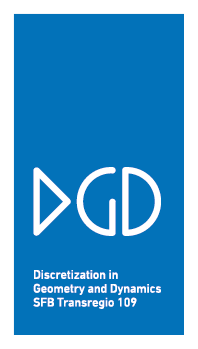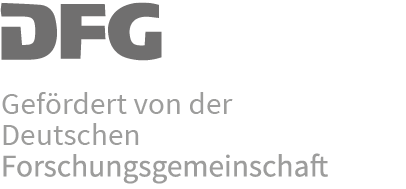Ropelength is a mathematical model of tying a knot or link tight in real rope: we minimize the length of a curve (in the given link type) while keeping a unit-diameter tube around the curve embedded.
Various equivalent formulations of this thickness constraint are possible. A lower bound we gave for ropelength is sharp in certain cases, yielding what is still the only family of links known to be ropelength minimizers. In the simple chain, for instance, all the middle components are stadium curves, which fail to be $C^2$ smooth. Later we developed a theory of ropelength criticality; this allows explicit descriptions of critical configurations of further links like the Borromean rings and the clasp. These configurations, whose exact geometry is quite intricate, are conjectured to be minimizers, but only known to be critical.
This project will move beyond three-dimensional Euclidean space to study the ropelength problem for links in a flat three-torus. These of course lift to triply periodic structures in Euclidean space, which can include both compact and noncompact components. Spatially periodic links occur as examples throughout materials science, from structural chemistry to polymers and proteins. These complicated spatial patterns can be hard to characterize geometrically, but studying them as ropelength-minimizing or tight periodic links can offer insight into this difficult problem. For instance, we have used this approach to model the keratin structures that account for the swelling of skin.
The main part of the project will consist of extending our criticality theory for ropelength to links in a flat three-torus and finding examples where critical configurations can be described explicitly. A new feature here is a conserved quantity, mathematically an element of $H^2(T^3;R^3)$, giving the net force across any surface. Physically this corresponds to the stress–strain relationship as the lattice parameters of the torus are changed, showing how ropelength is expected to change. Of course our theory will accomodate 1- and 2-periodic structures as well. Perhaps the easiest periodic example is an infinite simple chain, where we conjecture the ropelength minimizers will shift from stadium curves to clasp curves as the link is stretched. We expect to get explicit descriptions of each stage in this process.
One further part of this project will enumerate small periodic links in order to find promising examples for ropelength minimization. Singly periodic links of course are links in the solid torus $D^2 × S^1$, while 2-periodic links are links in the thickened torus $T^2 × I$, and 3-periodic links are links in $T^3$. Recently, the first tables of small knots in the solid torus and in the thickened torus have been published. We will extend their work to include links of more than one component as well as composite links, especially since these seem to provide accessible examples for the ropelength problem. We will also tabulate small 3-periodic links.



